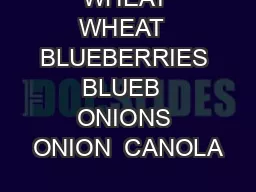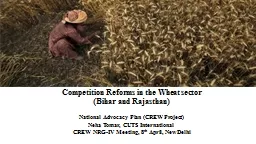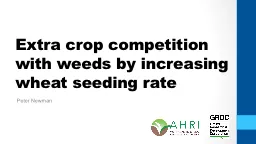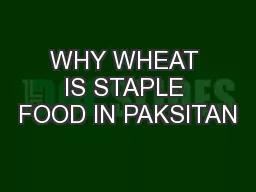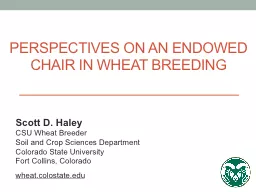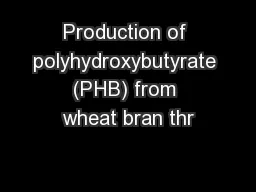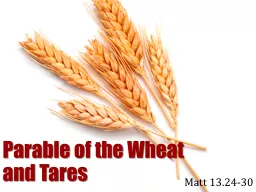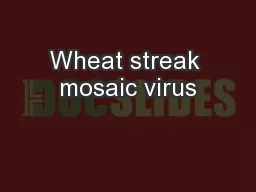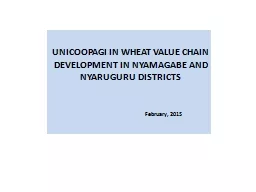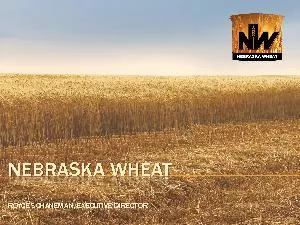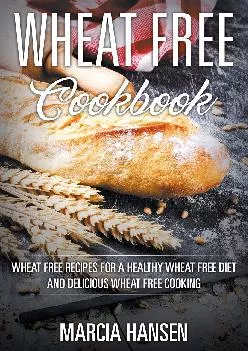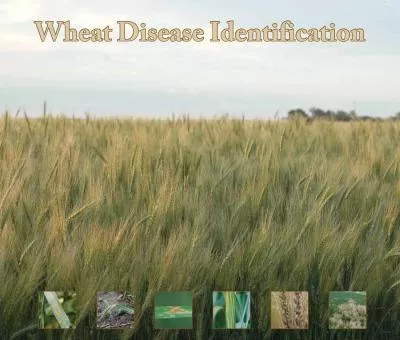PPT-Wheat A history of wheat
Author : SexyBeast | Published Date : 2022-07-27
Syria Wheat was developed from wild grass plants in Syria and the surrounding Middle East approximately 10000 years ago It was the first crop to be cultivated
Presentation Embed Code
Download Presentation
Download Presentation The PPT/PDF document "Wheat A history of wheat" is the property of its rightful owner. Permission is granted to download and print the materials on this website for personal, non-commercial use only, and to display it on your personal computer provided you do not modify the materials and that you retain all copyright notices contained in the materials. By downloading content from our website, you accept the terms of this agreement.
Wheat A history of wheat: Transcript
Download Rules Of Document
"Wheat A history of wheat"The content belongs to its owner. You may download and print it for personal use, without modification, and keep all copyright notices. By downloading, you agree to these terms.
Related Documents


